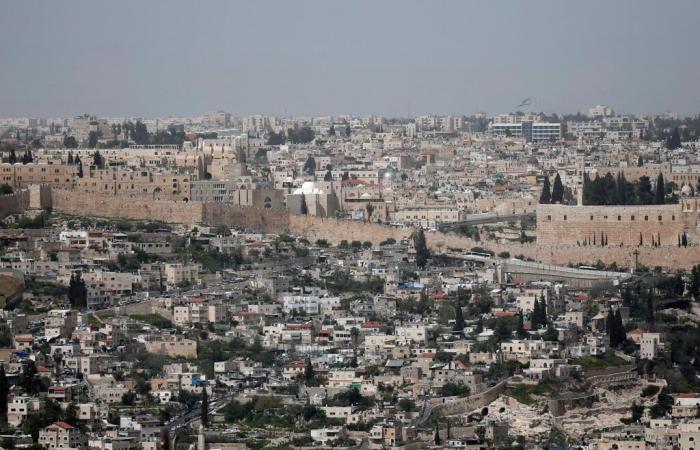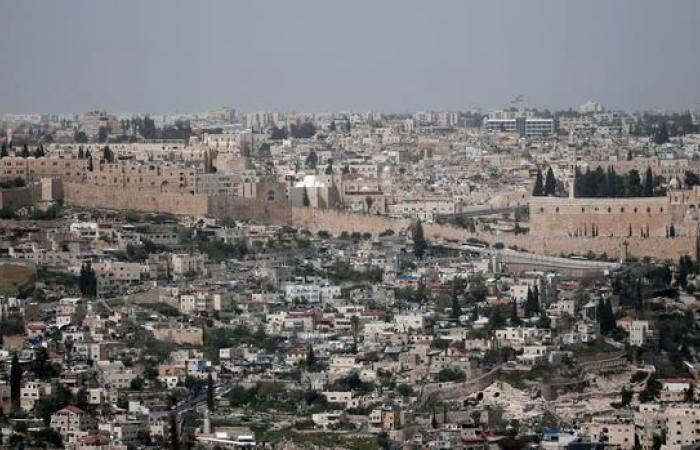Lhe gradual emergence of Zionism, as a movement advocating the gathering of the Jewish people in the land of Israel, was particularly complex. Indeed, it was first and foremost the evangelical current of Anglo-Saxon Protestantism which, from the middle of the 19th centurye century, advocated a form of Christian Zionism, according to which the fulfillment of biblical prophecies depends on the “restoration” of the Jewish people in the Holy Land. It was only from 1882 that the Lovers of Zion and other groups of Jewish activists in the Russian Empire organized, in response to the wave of anti-Semitic pogroms, a first wave of emigration to Ottoman Palestine.
It is by the Hebrew term ofalya what is designated this “ascension” towards Eretz Israelthe “land of Israel”. The Ottoman authorities then estimated the population of Palestine at 465,000 inhabitants, including 405,000 Muslims, 45,000 Christians and 15,000 Jews. These statistics, established for tax purposes, take into account neither the Bedouins nor the approximately 9,000 Jews of foreign nationality, or those benefiting from the protection of a European consulate in Jerusalem.
Also read the analysis (2023) | Article reserved for our subscribers In Israel, the mutation of Zionism and its perils
Read later
Too little-known pioneers
This first alya has too often been neglected, because it anticipates the conceptualization of the term “Zionism” (in 1890, by Nathan Birnbaum) and the official founding of the Zionist movement (in 1897, in Basel, on the initiative of Theodor Herzl ). It is, moreover, marked by the heterogeneous character of the movements, often competing, which compose it: the Lovers of Zion, led from Odessa, who attempt to divert towards Palestine a part, even limited, of the flow of Jewish emigration to the United States; the Bilu, animated from Kharkiv and designated by the Hebrew acronym “house of Jacob, go and we will go”; the Sons of Moses, disciples of Asher Guinzbourg, born near kyiv, who chose to Hebraize his name in Ahad Haam, or “one of the people”. The Ukrainian dimension of this first alya is fundamental, as is its determination to transform Hebrew from a religious language into a national language.
Also read the chronicle (2023) | Article reserved for our subscribers The Jewish memory of Ukraine in Dnipro
Read later
The voluntarism of such Hebraization is carried by the slogan stated from Jerusalem by Eliezer Ben Yehouda: “One people, one land, one language”. This triptych echoes different European nationalisms, establishing an unwavering link between the Jewish people, the land of Israel and modern Hebrew. But the pioneers of this first alya, themselves divided, must face the hostility of the Jewish communities established for a long time in Palestine and dedicated to study and prayer in the rabbinical schools of Jerusalem, Hebron, Safed and Tiberias.
You have 52.06% of this article left to read. The rest is reserved for subscribers.







